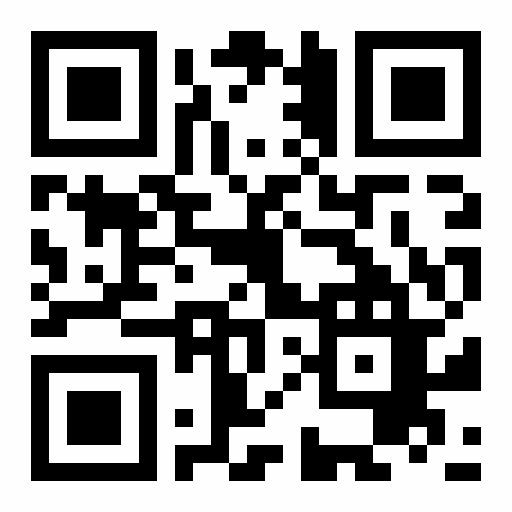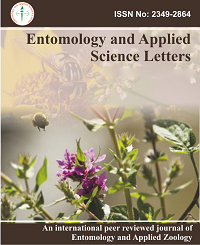
Applied Science Letters


Plant extracts have been demonstrated to present remarkable biological and pharmacological properties, so that they are proper candidates for lead drug development. This study evaluates the invitro cytotoxic and antileishmanial effects of Nectaroscordum tripedale fruit extract against Leishmania tropica. Antileishmanial effects of the methanol extract of N. tripedale (5, 10, 25, 50, 100 μg/ml) on promastigote forms as well as their cytotoxic activities against J774 cells were examined using MTT assay for 72 h. Moreover, the antileishmanial activity of N. tripedale against amastigote stages of L. tropica was assessed at the concentrations of 5, 10, 25, 50, and 100 μg/ml in a macrophage model for 48 h. The obtained findings demonstrated that IC50 (50% inhibitory concentrations) value for the methanol extract was 61.6±3.05 μg/ml for promastigote forms and 32.6±2.15 μg/ml against amastigote forms. Regarding cytotoxic effects of N. tripedale extract, the findings demonstrated no significant cytotoxic effect in J774- A1 cells. According to the obtained results, N. tripedale might be a natural source of new anti-leishmanial agents in terms of use against cutaneous leishmaniasis.
Keywords: Leishmania tropica; J774 cells; extract; promastigote; amastigote
World Health Organization. Control of the Leishmaniasis. Geneva: WHO (Technical Report Series 949) 2010; 5–12.
Desjeux P. Comp Immunol Microbiol Infect Dis 2004; 27:305–318.
Santos DO, Coutinho CE, Madeira MF, Bottino CG, Vieira RT, Nascimento SB, et al. Parasitol Res 2004; 103: 1–10.
Noazin S, Khamesipour A, Moulton LH, Tanner M, Nasseri K, Modabber F, et al. Vaccine. 2009; 27(35):4747-4753.
Shirzadi MR, Gouya MM. National guideline for cutaneous leishmaniasis surveillance in Iran. Ministry of Health and Medical Education. Zoonoses control department, Tehran, I.R. Iran, pp 1-78.
Rocha LG, Almeida JR, Macedo RO, Barbosa-Filho JM. Phytomedicine 2005; 12: 514-535.
Shafie-Zadeh F (2002). Lorestan medicinal plants, Lorestan University of Medical Sciences. Tehran: Hayyan press, p 32.
Zargari A (1996). Medicinal Plants. Vol 3, 6th ed. Tehran University, Tehran. p 538.
Ezatpour B, SaediDezaki E, Mahmoudvand H, Azadpour M and Ezzatkhah .F 2015 Complement. Alternat. Med., p.149707.
Mahmoudvand H, Saedi Dezaki E, Ezatpour B, Sharifi I, Kheirandish F, Rashidipour M. Planta Medica 2016, 82(4): 279-284
Kheirandish F, Delfan B, Mahmoudvand H , Moradi M , Ezatpoura B, Ebrahimzadehc F, Rashidipour M.
Biomedicine & Pharmacotherapy 2016; 82: 208–215.
Mahmoudvand H,Sharififar F, Sharifi I, Ezatpour B, FasihiHarandi M, Makki MS, Jahanbakhsh S. Iranian J Parasitol 2014; 9:28-36.
Berman J. Expert Opin. Investig. Drugs 2005; 14:1337–1346.
Mahmoudvand H, Tavakoli R, Sharififar F, Minaie K, Ezatpour B, Jahanbakhsh S, Sharifi I. Pharm Biol 2014, 4, 1–6.
Habibi H, Firouzi S, Nili H, Razavi M, Asadi SL, Daneshi S. J Parasit Dis. 2016; 40(2):401-7.
Mahmoudvand H, Ezatpour B, Rashidipour M, Jahanbakhsh S, Mahmoudvand H. Pak J Pharm Sci,. 2016; 29 (6): (In press).
Cowan MM (1999). Clin. Microb. Rev., 12: 564-582.
Sikkema J, De Bont DA, Poolman B.MicrobiolMolBiol Rev1995; 59: 201-222.
Cristani M, D'Arrigo M, Mandalari G, Castelli F, Sarpietro MG, Micieli D, Venuti V, Bisignano G, Saija A, Trombetta D. J Agric Food Chem.2007; 55: 6300-6308.
Saedi Dezaki E, Mahmoudvand H, Sharififar F, Fallahi S, Monzote L, Ezatkhah F. Pharm Biol. 2015; 8: 1-7.
Mahmoudvand H, Ezatpour B, Jahanbakhsh S. Herb Med J 2016:1(1): 24-28.
Mahmoudvand H, Sepahvand P, Jahanbakhsh S, Azadpour M. J Parasit Dis. 2016 ;40(2): 423-6.
Weninger B, Robledo S, Arango GJ, Deharo E, Arango R, Munoz V. J Ethnopharmacol 2001; 78: 193-200.
Mahmoudvand H, Sharififar F, Rahmat MS, Tavakoli R, Dezaki ES, Jahanbakhsh S, Sharifi I. J Vector Borne Dis. 2014, 51(4), 294-9.
